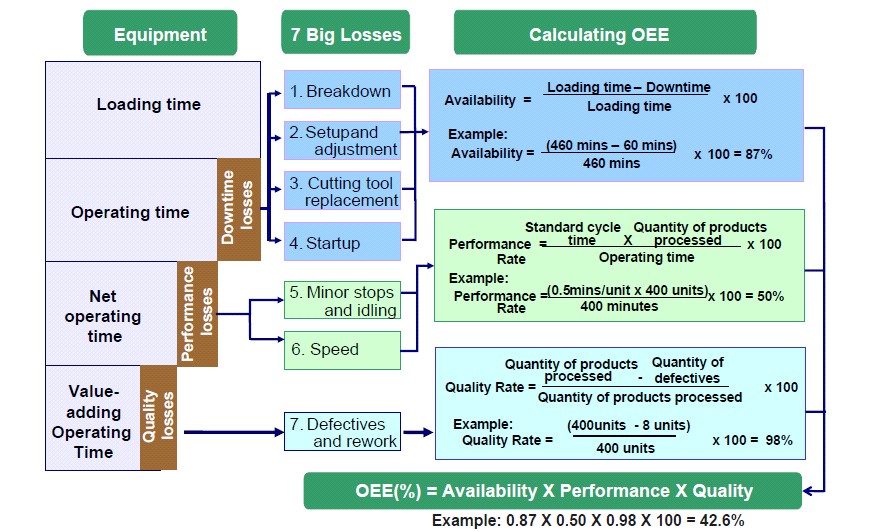
Lean Manufacturing
Doing more with less by employing 'lean thinking.' Lean manufacturing involves never ending efforts to eliminate or reduce 'muda' (Japanese for waste or any activity that consumes resources without adding value) in design, manufacturing, distribution, and customer service processes. Developed by the Toyota executive Taiichi Ohno (1912-90) during post-Second World War reconstruction period in Japan, and popularized by James P. Womack and Daniel T. Jones in their 1996 book 'Lean Thinking.' Also called lean production.
Lean production is an assembly-line methodology developed originally for Toyota and the manufacturing of automobiles. It is also known as the Toyota Production System or just-in-time production. Lean production principles are also referred to as lean management or lean thinking.
Engineer Taiichi Ohno is credited with developing the principles of lean production after World War II. His philosophy, which focused on eliminating waste and empowering workers, reduced inventory and improved productivity. Instead of maintaining resources in anticipation of what might be required for future manufacturing, as Henry Ford did with his production line, the management team at Toyota built partnerships with suppliers. In effect, under the direction of Engineer Ohno, Toyota automobiles became made-to-order. By maximizing the use of multi-skilled employees, the company was able to flatten their management structure and focus resources in a flexible manner. Because the company was able make changes quickly, they were often able to respond faster to market demands than their competitors could.
- Eliminate waste
- Minimize inventory
- Maximize flow
- Pull production from customer demand
- Meet customer requirements
- Do it right the first time
- Empower workers
- Design for rapid changeover
- Partner with suppliers
- Create a culture of continuous improvement (Kaizen)